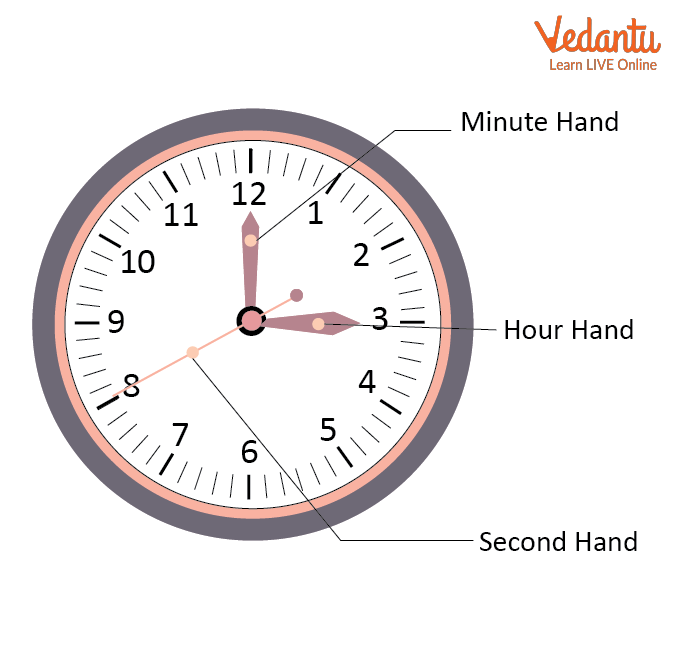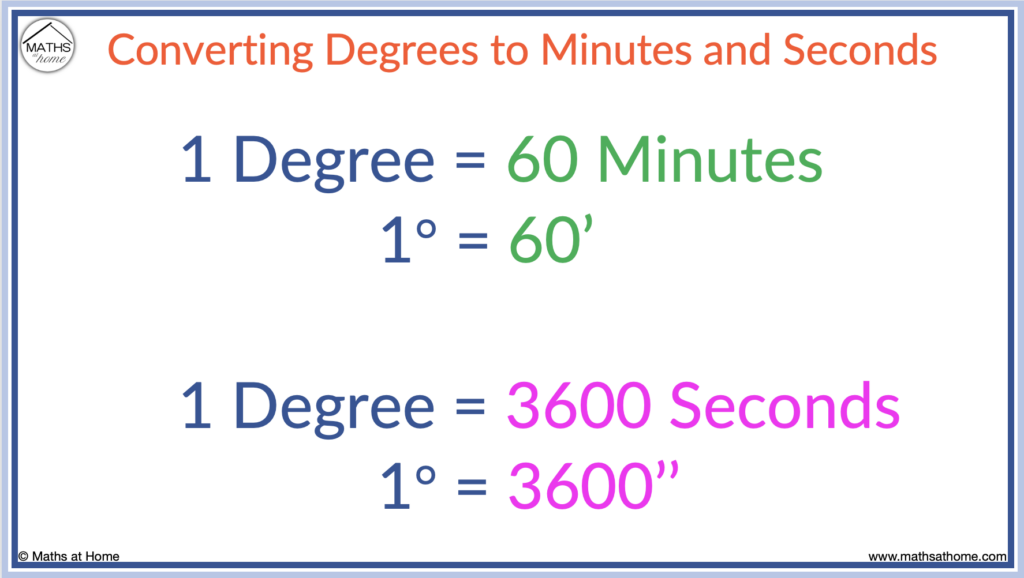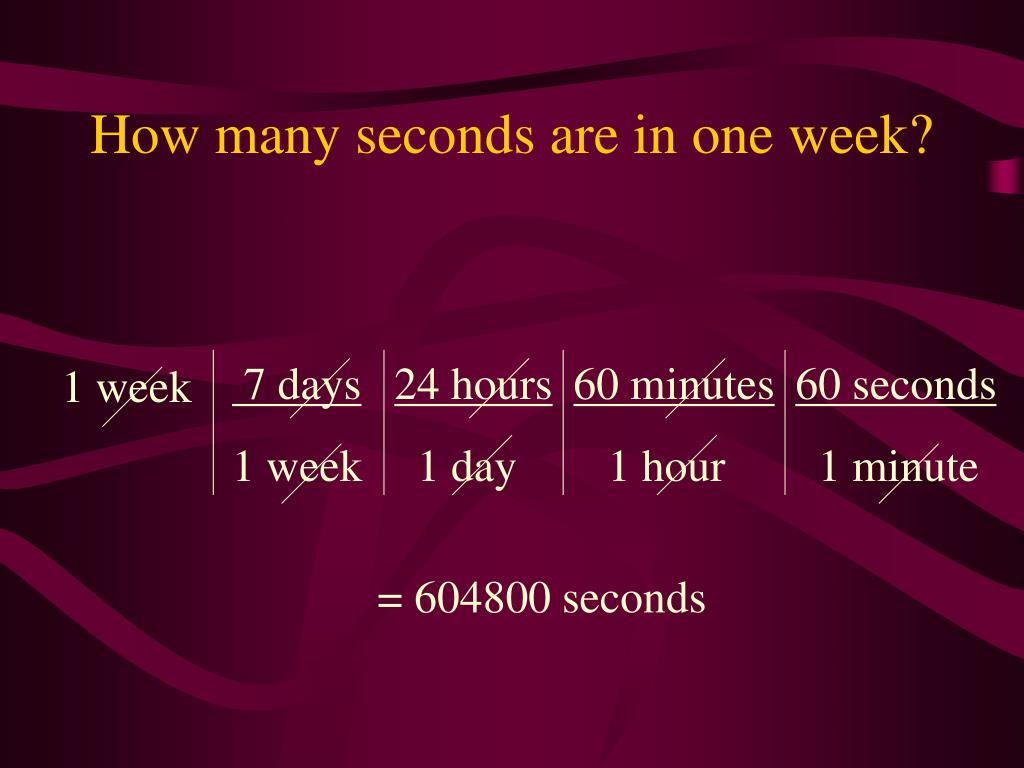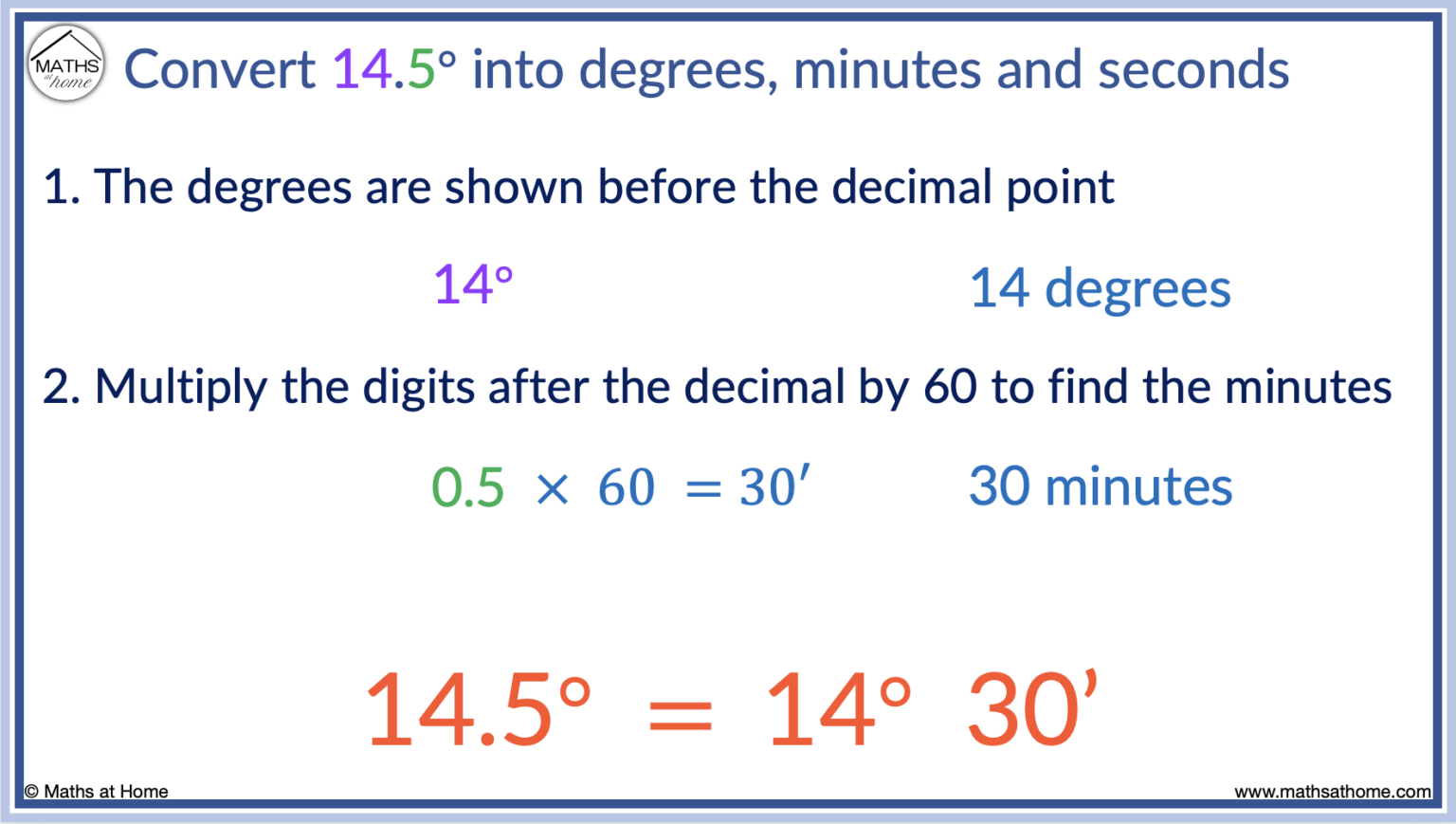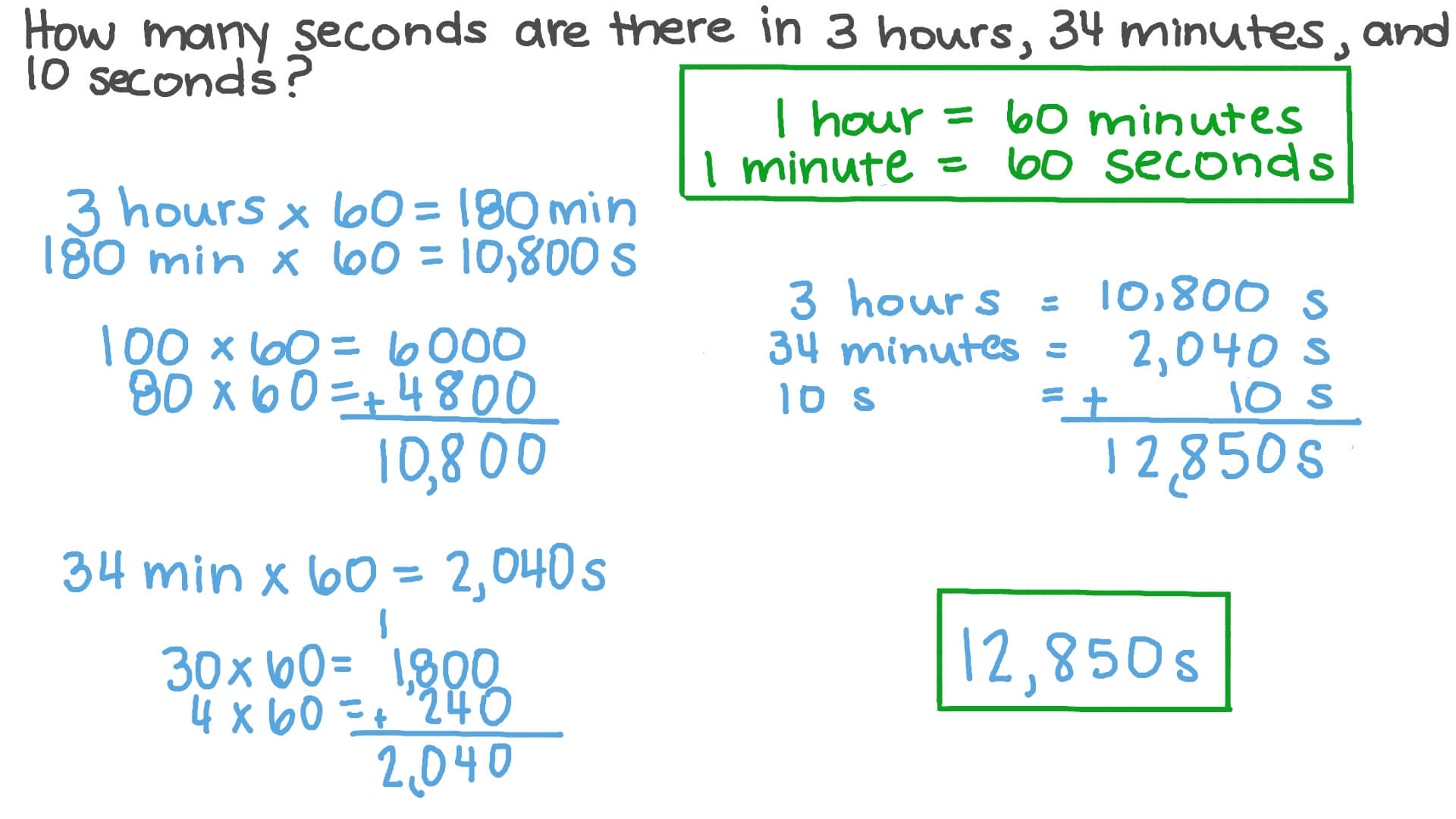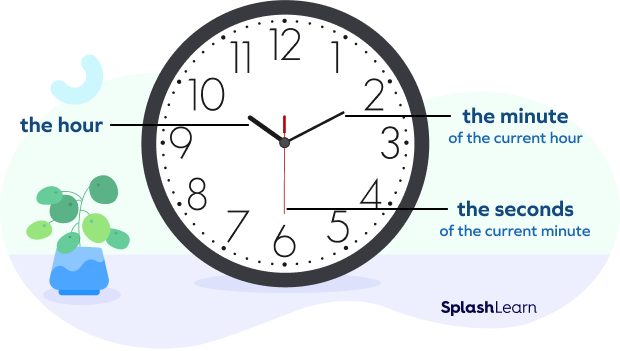How Many Seconds Is 20 Minutes
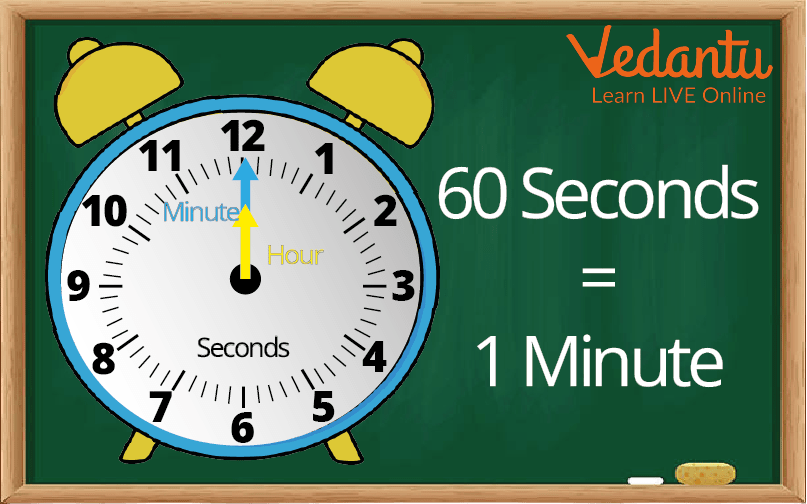
The seemingly simple question, "How many seconds are in 20 minutes?" has recently captured the attention of online users, leading to a surge in calculations and discussions across various platforms.
At the heart of this minor internet phenomenon lies a basic arithmetic problem, but its virality underscores a broader public engagement with fundamental units of time and measurement.
The answer, of course, is 1200 seconds. Let's delve into the details surrounding this calculation and its implications.
The Calculation: Breaking Down the Time
The calculation itself is straightforward. The foundation rests upon the universally accepted standard that 1 minute equals 60 seconds.
Therefore, to determine the number of seconds in 20 minutes, one must multiply 20 (minutes) by 60 (seconds per minute).
This results in: 20 minutes * 60 seconds/minute = 1200 seconds.
Why the Sudden Interest?
While the mathematics are undeniably simple, the recent surge in interest surrounding this question is intriguing. Several factors could be contributing.
One possibility is the prevalence of online quizzes and brain teasers that often include basic mathematical questions to test speed and accuracy.
The question might also appear in educational settings as a fundamental exercise in time conversion for younger students.
Online Trends and Social Media
Social media platforms are notorious for propagating seemingly random trends. A single tweet, post, or video referencing the calculation could trigger a chain reaction.
Users often share these types of questions to challenge their friends, followers, or simply to engage in lighthearted online banter.
The ease of sharing and the inherent human desire to test one's knowledge contribute to the spread of such trends.
The Significance of Time Measurement
Understanding units of time is crucial in various aspects of daily life, from scheduling appointments to managing tasks and understanding historical events.
Accurate time measurement is also essential in scientific research, engineering, and technology, where even fractions of a second can have significant consequences.
The International System of Units (SI), the standard metric system used worldwide, defines the second as the base unit of time.
"The second is the duration of 9,192,631,770 periods of the radiation corresponding to the transition between the two hyperfine levels of the ground state of the caesium-133 atom," according to the Bureau International des Poids et Mesures (BIPM).
Potential Impact and Applications
While seemingly trivial, this renewed focus on basic time calculations can serve as a reminder of the importance of fundamental mathematical skills.
It can also encourage individuals to reflect on their own time management practices and how they allocate their seconds, minutes, and hours.
For educators, this trend presents an opportunity to engage students with practical applications of mathematics and to reinforce the significance of accurate calculations.
A Human-Interest Angle: The Value of a Second
Beyond the mathematical calculation, the question prompts reflection on the subjective experience of time. Consider how a single second can feel like an eternity during moments of anxiety or anticipation, yet vanish in an instant when experiencing joy or excitement.
In competitive sports, a fraction of a second can determine the winner. In medical emergencies, every second counts in saving a life.
These examples highlight the inherent value of each second and the importance of appreciating the fleeting nature of time.
Conclusion
The answer to "How many seconds are in 20 minutes?" is 1200. The recent fascination with this simple calculation underscores the ongoing importance of basic mathematical literacy and the power of social media to amplify seemingly insignificant topics.
Ultimately, the question serves as a timely reminder of the fundamental role that time plays in our lives and the value of each passing second. Understanding the basics can help us all better manage our time.
Whether driven by curiosity, education, or simply the desire to participate in an online trend, the public's engagement with this question highlights a broader interest in the fundamental units that govern our daily lives. The seconds tick on, and we should use them wisely.







